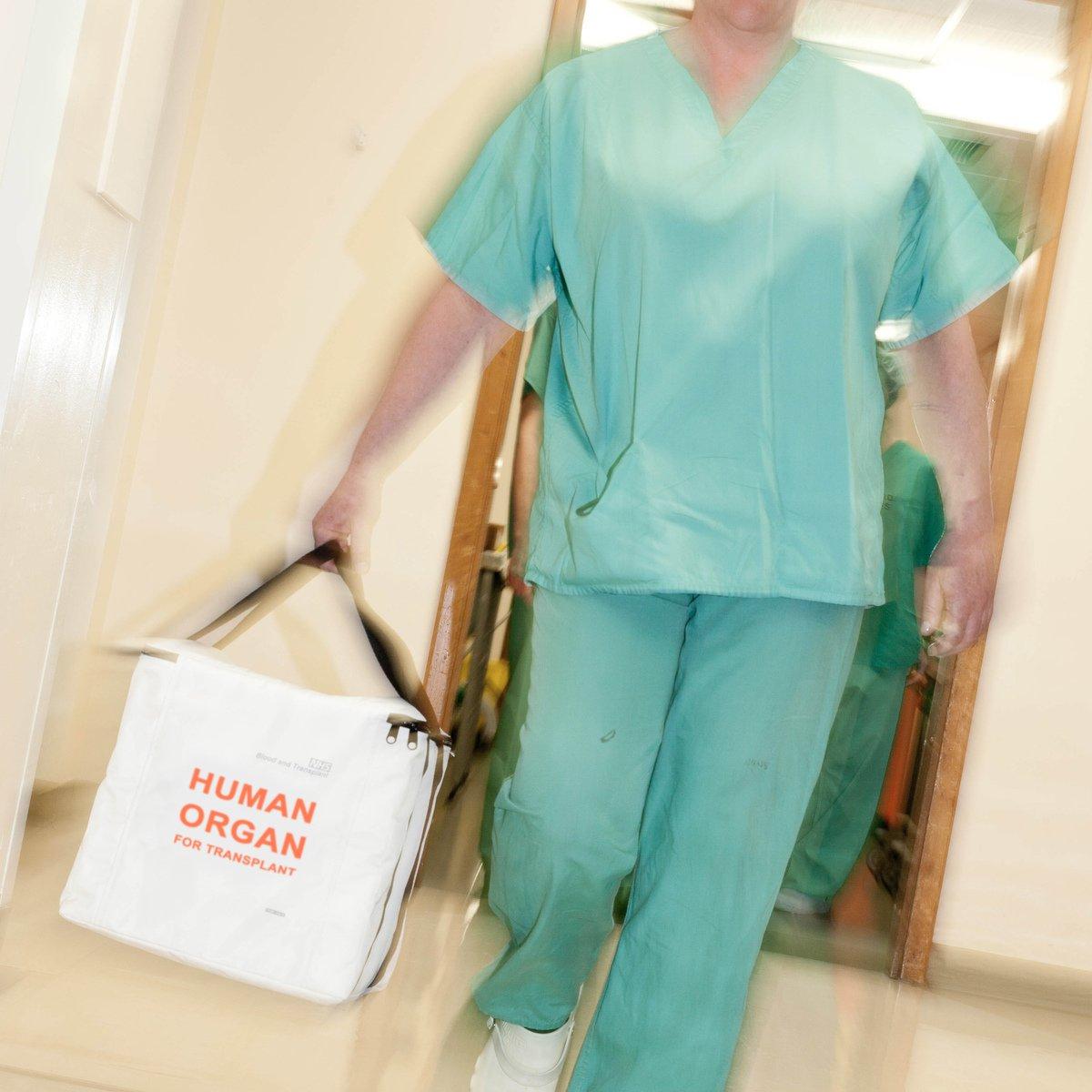By Steve Cardownie
Copyright scotsman

Yesterday, I was in touch with Dr Sharon Zahra, clinical lead, tissue and cells medical director, with the NHS, who told me that in Scotland, 54.5 per cent of the population have signed up to the Organ Donation Register. In some cases a single donor can end up helping in excess of ten different patients, “and yet we are struggling to meet demand both for heart valve donation but more so for eye donation.” Sharon said that although the heart itself cannot be donated as an organ, it may still be possible for an individual to donate their heart valves, which can be used to treat congenital defects in the hearts of newborns who would otherwise die. Eye donation is also extremely important – only the cornea (the clear transparent front part of the eye) is routinely transplanted into other patients. This type of donation makes the difference between the person going blind or retaining their eyesight. Dr Zahra told me that “At the present time the need for corneal transplant is much higher than the donation rate of eyes. “We find that eye donation is the type of donation that families and potential donors are most likely to say no to, we think this is because there is a ‘yuck’ factor or emotional aversion to donating one’s eyes.” So, it is important that people are made aware that eye donation is similar to other types of donations, in that it has a very significant, positive impact on patients. Sharon said that patients are needing to wait for a very long time before they can receive a corneal transplant in Scotland which means that some patients end up losing their eyesight altogether before the operation can be carried out, due to a shortage of donated corneas. Dr Zhara also stressed that “We remain very grateful to all individuals who donate both organs and tissue at the time of death and equally so to their families who support such a donation at such a difficult time. “Without this incredible generosity many operations that we all take for granted and that are carried our every day would not be possible – for example heart surgery on newborns that need donated heart valves.” She was concerned, however, about the need for more eye donations and also the need to make families aware of any decision to donate organs and tissue after death. I will leave the last word to Sharon, “The need for donated eyes is currently much higher than the donation rate. “It is important to speak about the possibility of donation so that if the worst happens our families know what we would wish to happen. “Eye donation in particular can happen even if someone is in their eighties or nineties and many patients with a diagnosis of cancer can also safely donate their eyes.”



